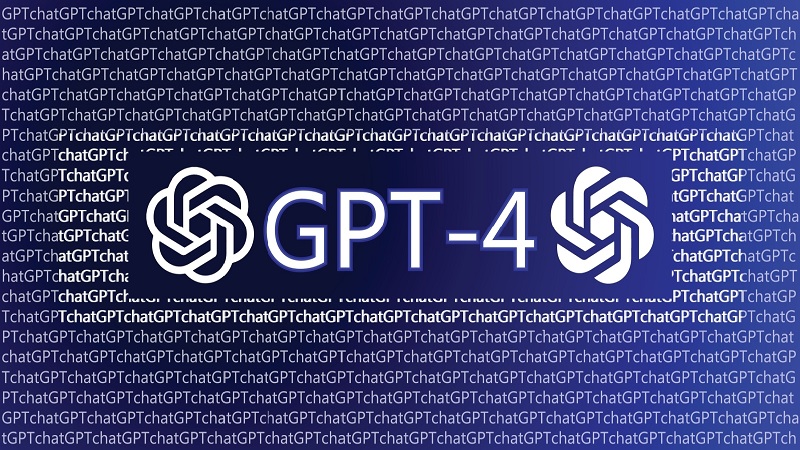Introducing ChatGPT4: The Next-Generation Language Model
As the field of artificial intelligence continues to evolve, there is a growing demand for more advanced and sophisticated language models. Enter ChatGPT4, the latest iteration of the ChatGPT series, designed to be even more powerful and versatile than its predecessors. In this article, we’ll explore what ChatGPT4 is, how it works, and what its potential applications are.
What is ChatGPT4?
ChatGPT4 is a natural language processing (NLP) model, based on the GPT-4 architecture. It is a deep learning model that uses advanced algorithms and techniques to analyze and generate natural language. Like its predecessors, it has been trained on vast amounts of text data, allowing it to understand and generate language in a way that is similar to humans.
How does ChatGPT4 work?
ChatGPT4 works by analyzing patterns in language and using those patterns to generate new text. It uses a technique called unsupervised learning, which means that it doesn’t require explicit instructions or labels to learn from data. Instead, it uses algorithms to identify patterns and relationships in the data and uses those patterns to generate new text.
One of the key features is its ability to generate text that is highly coherent and contextually appropriate. This is achieved through a technique called “fine-tuning,” where the model is trained on a specific task or domain to improve its accuracy and performance in that area.
Applications
What are the potential applications of ChatGPT4?
It has a wide range of potential applications, including:
- Conversational AI: It can be used to create highly advanced chatbots and virtual assistants that can understand and respond to natural language queries and commands.
- Content generation: It can be used to generate high-quality, engaging content for a wide range of applications, including marketing, advertising, and social media.
- Language translation: It has the potential to revolutionize the field of language translation by generating accurate and contextually appropriate translations in real-time.
- Data analysis: It can be used to analyze large volumes of text data, helping researchers and analysts to identify patterns and relationships in the data.
- Education: It can be used to create highly advanced educational tools, such as virtual tutors and personalized learning platforms.
Conclusion
ChatGPT4 represents a significant step forward in the field of natural language processing, with the potential to revolutionize the way we interact with technology and communicate with each other. Its ability to generate highly coherent and contextually appropriate text has a wide range of applications, from conversational AI to content generation and data analysis. As the field of AI continues to evolve, it will be exciting to see what new innovations and breakthroughs and other advanced language models will bring.
Table of Contents
Submitted By Uzair Ahmed


